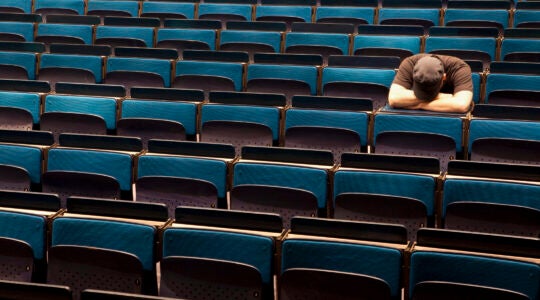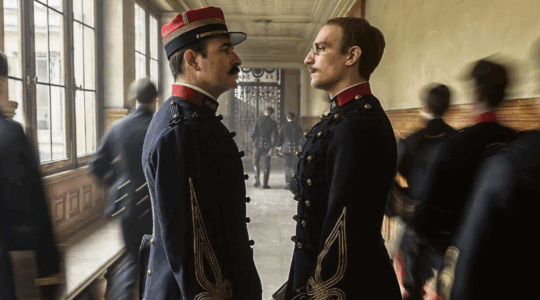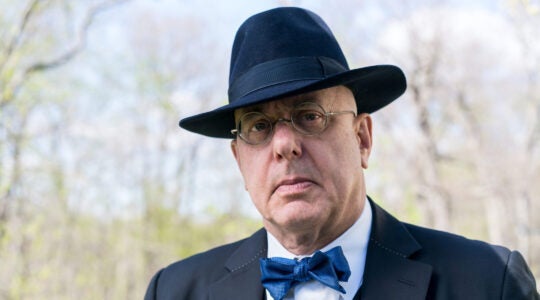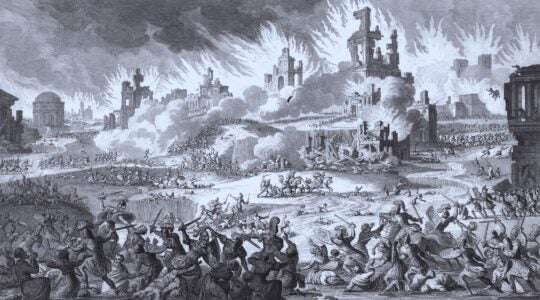Ever since I was a kid, I’ve always loved writing and receiving letters in the mail.
When I was in third grade, we lived in the Midwest — and I remember eagerly awaiting handwritten letters from my grandmother who lived in New York (the letters were often accompanied by a pack of baseball cards!).
When I spent a summer at sleepaway camp, I wrote detailed letters to my parents back home (unlike most of my fellow campers), and anxiously waited for my counselor to mention my name each day when he handed out the incoming mail to everyone in our bunk.
Later, when my closest friend made aliyah to Israel in 10th grade, we corresponded with each other by mail regularly. It was important for me to fill him in on the latest pop songs, sports news and other important information that a teenager needed to know – and I managed somehow to squeeze it all into the limited space allowed in an aerogramme.
And when I was a high school senior, I met a college sophomore who lived in Washington, D.C., and I wrote long, beautiful letters to her, which were reciprocated in turn. (These were the days when long-distance phone calls were expensive and reserved for special occasions.)
After I completed college and graduate school, and entered the business world, I would always send a handwritten thank you note to anyone I met for the first time — which I continue to do to this day.
So I guess it was not surprising that when our two granddaughters got a bit older (they are 5 and 3 years old now), I thought it would be a neat idea to involve them in my passion. So my wife Sharon and I decided to start writing letters to them.
Not text messages. Not e-mails. Rather the old-fashioned kind of letters, composed on paper and written by hand in ink, which arrive in your mailbox outside your front door and are delivered by a letter carrier from the U.S. Postal Service.
The first letter we wrote was timed to be received on their first day of school in September. As we wrote each letter, attempting to personalize our message as best as we could, I wondered whether in this day and age a handwritten letter would be appreciated the same way that it used to be.
I didn’t have to wait very long to find out. The night after their first day of school, a WhatsApp video call unexpectedly appeared on the phone, with our granddaughters Sarit Maayan and Emma Pearl gleefully holding up the letters they received to show us! And while a written letter in return would also have been very nice, in this case I’m not sure such a letter would have fully captured the utter joy on our granddaughters’ faces when they appeared on the video call to thank us.
The initial two letters we wrote were followed by others that we carefully composed for Rosh HaShanah, Sukkot, Chanukah and their birthdays. Each one brought smiles to their faces and gladness to their hearts.
I’ve since found out that Sarit actually has a special box in her room, where she stores the letters she receives from us for safekeeping. And I’m hoping that now that she is reading and writing, she’ll find the time to occasionally write a letter of her own and mail it to us.
In the Book of Esther, it is written that “Mordechai recorded these events and sent letters to all the Jews throughout the provinces of King Achashveiros, near and far.” I’m not exactly sure how these letters, which recounted the entire Purim story, were actually written and delivered to the Jews at the time of Queen Esther. But it’s probably safe to say that if Mordechai had simply sent a mass email blast or a tweet, it would not have had such a lasting effect — and we would not be celebrating the Purim holiday by reading the Megillah, enjoying a festive meal, giving charity to the poor, and exchanging gifts with our friends 2,500 years after those original letters were written.
A month ago, Sharon and I were blessed with the birth of our third grandchild, Henry Charles, who will be added to our mailing list once he gets older.
Meanwhile, I’m already thinking about what message we might want to write to the two girls for Pesach.
Michael Feldstein lives in Stamford, Conn., and is a contributor to this space. He can be reached at michaelgfeldstein@gmail.com.
The New York Jewish Week brings you the stories behind the headlines, keeping you connected to Jewish life in New York. Help sustain the reporting you trust by donating today.




